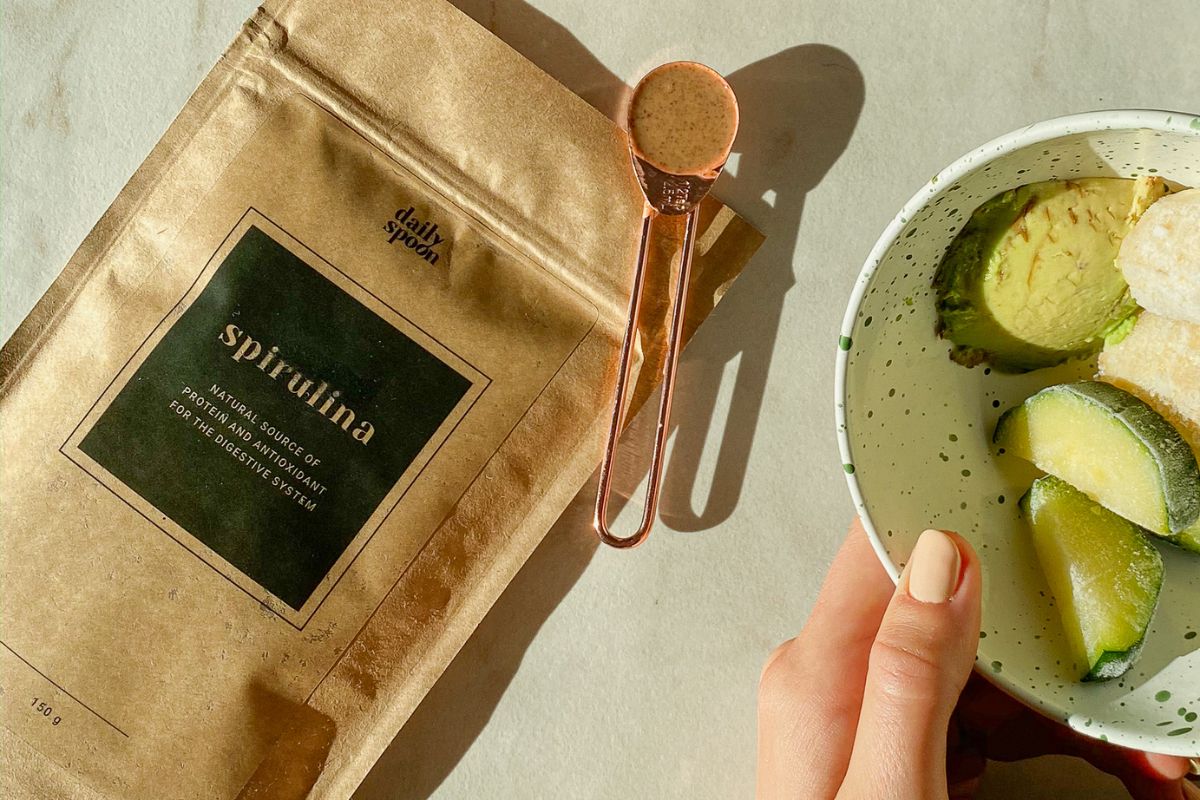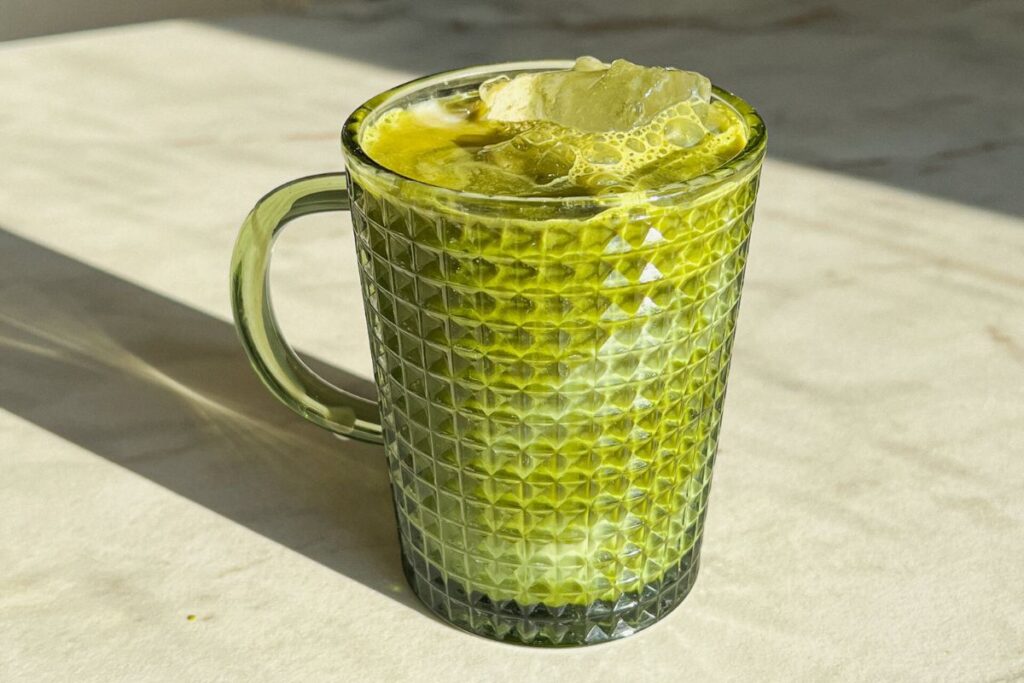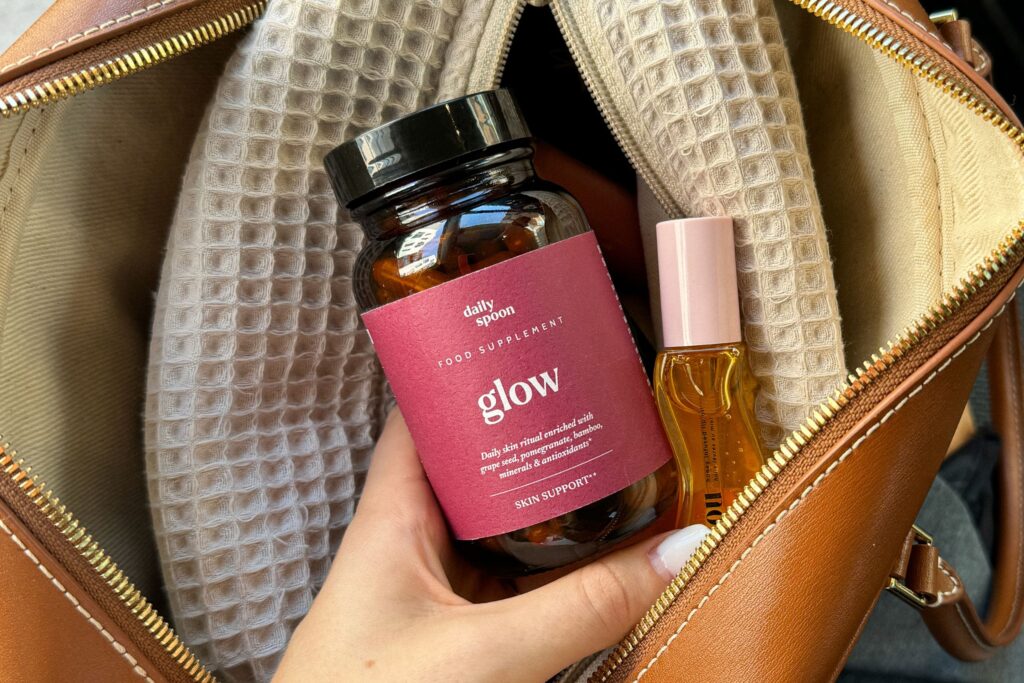The Discovery by the Aztecs
In the 16th century, when Spanish conquistadors arrived in Mexico, they discovered that the Aztecs living in the Valley of Mexico, in the capital city of Tenochtitlan, were harvesting a unique food from the lake. Spanish chroniclers described how fishermen collected blue-colored algae from the water using fine nets and made a blue-green cake from it. Other legends say that Aztec messenger runners consumed the algae before running marathons.
Along the shores of Lake Chad, the Kanembu people gather wet algae into clay pots, drain the water through fabric bags, and dry the algae on the sandy lake shore under the sun. The partially dried algae are then cut into small squares and transported to villages, where they are fully dried on mats in the sun. Once dry, women sell the algae at local markets. The dried algae are ground and mixed with tomato and pepper sauce, then poured over millet, beans, fish, or meat. These cakes are often eaten by pregnant women who believe that their dark color protects the unborn child from the evil eye.
In 1967, the International Association of Applied Microbiology recognized spirulina as a “wonderful food source of the future.” Nutritional analysis of spirulina revealed it to be extremely high in protein—about 60–70% of its dry weight—and its protein quality was excellent, with a well-balanced profile of essential amino acids. These early findings were enough to spark numerous scientific research projects in the 1970s aimed at industrial use. At the time, microorganisms (yeast, chlorella, spirulina, certain bacteria and fungi) were considered a promising route to cheap proteins—commonly known as “single-cell proteins.”
Benefits and Recommendations for Spirulina
This superfood is beneficial to our health in both powder and tablet form. Here are some of the key qualities of blue-green algae that might encourage you to consider incorporating them into your daily diet.
Rich in Antioxidants
Oxidative stress occurs when oxygen gradually damages your DNA and cells. It’s essentially the body’s version of rust—though invisible, it can lead to chronic inflammation, cancer, and other illnesses. Antioxidants are powerful compounds that help protect the body from free radicals—unstable molecules that can damage healthy cells. One of the main components of blue-green algae is phycocyanin. Over the last decade, scientists have studied its antioxidant, anti-inflammatory, and anti-cancer properties, suggesting it holds great potential for future pharmaceutical applications. Research also indicates that the antioxidants found in algae may support heart health.
A Source of Protein
Proteins are found in every cell of the body. They are essential for the growth, maintenance, and repair of muscles, bones, skin, hair, and tissues. They also support many of the body’s chemical processes. Spirulina is an excellent source of lean protein: it contains around 60% protein, making it richer in protein than most vegetables. A single tablespoon contains 4 grams of protein with just 20 calories.
Valuable Minerals
- Potassium – Essential for normal cell function, helps regulate heartbeat, supports proper muscle and nerve function, and is vital for protein synthesis and carbohydrate metabolism.
- Calcium – Needed for building and maintaining strong bones. It also supports heart, muscle, and nerve function.
- Magnesium – Has anti-inflammatory properties and may help regulate blood sugar, improve heart health, and ease PMS symptoms.
- Zinc – Supports the immune system and metabolism. It’s also important for wound healing and the senses of taste and smell.
Cholesterol Management
Blue-green algae can help regulate cholesterol levels by increasing HDL (good) cholesterol and reducing LDL (bad) cholesterol and triglycerides in the body.
How to Include Spirulina in Your Diet
Mix with Sweet Juices
The earthy taste of spirulina powder can be balanced with naturally sweet juices like orange or pineapple. If you have a juicer or blender at home, try adding a teaspoon of algae powder to your favorite fruit smoothie. Even a small amount will give your drink a vibrant green color.
Make a Superfood Drink
If you’re short on time but still want a nutrient boost, this simple superfood drink is a great choice.
You’ll need:
- 500 ml sparkling water
- Juice of 1 fresh lemon
- 6 drops of stevia or your favorite natural sweetener
- 1–2 teaspoons spirulina powder
Instructions:
Add the stevia and spirulina to a jug or bottle. Squeeze in the lemon juice and mix well. Only then, pour in the sparkling water and stir.
Try a Mint Spirulina Smoothie
This refreshing smoothie is not only great for your gut, but also a perfect dessert for mint chocolate lovers.
Make a Spirulina Latte
Instead of caffeine, why not opt for a more nutritious alternative when you need an energy boost? Simply mix half a teaspoon of spirulina powder into a glass of almond (or other plant-based) milk and add a bit of stevia, maple syrup, or natural honey. This energizing drink is similar in appearance and effect to a matcha latte—definitely worth trying.
Use in Desserts
Try making mint ice cream as a healthier (and surprisingly tasty) alternative to regular ice cream. This recipe contains no dairy, refined sugar, or gluten—only fruits, healthy fats, and of course, spirulina powder. It gives the dessert not only nutritional value but also a vibrant green color. Simply blend all the ingredients in a food processor until smooth. Be careful not to over-blend, as this could cause the mixture to melt. Serve with crushed dark chocolate pieces.











